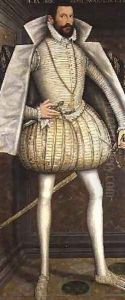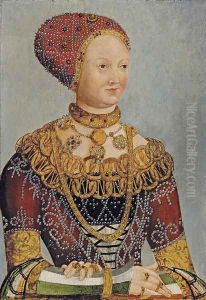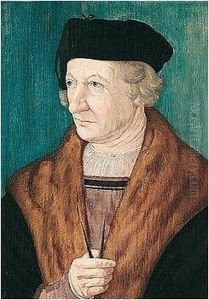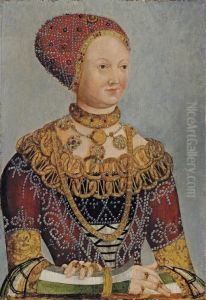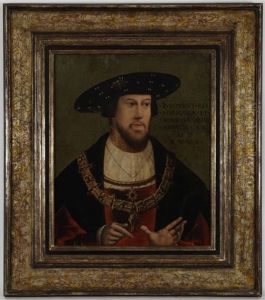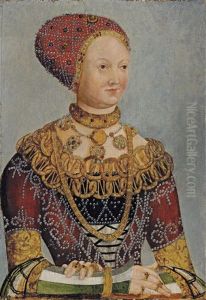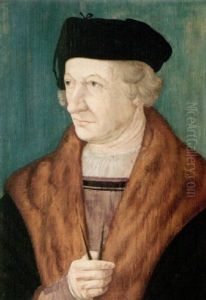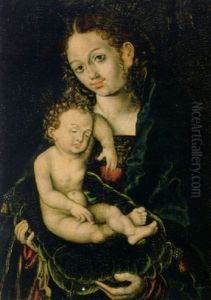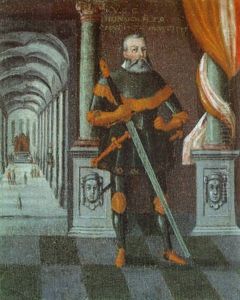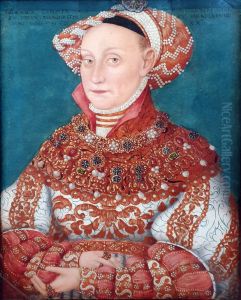Hans Krell Paintings
Hans Krell was a German painter active during the Renaissance period, whose exact birth date is not well-documented but is estimated around 1490. He is primarily known for his portraits and is considered an important representative of the Northern Renaissance painting tradition. Krell was born in the region which is today modern-day Germany, likely in the area of Swabia.
Krell's career as an artist developed during a time when the Renaissance style was becoming increasingly influential in Northern Europe. While Southern Europe, particularly Italy, was the birthplace of the Renaissance, the movement's ideas on humanism, naturalism, and classical antiquity spread across the continent, including into the Germanic regions where Krell worked.
Over the years, Krell became renowned for his skill in portraiture, capturing the likenesses and personalities of his subjects with precision and an eye for detail. His portraits often displayed a meticulous attention to the textures of fabrics and adornments, which was characteristic of Northern Renaissance artists. He also showed an adeptness at using light and shadow to create depth and dimensionality in his works.
One of Krell's most famous works is the portrait of Henry IV, Duke of Saxony, which showcases the artist's ability to create a realistic and commanding representation of his subject. Krell's paintings were not just mere representations; they often conveyed the social status, power, and wealth of the individuals he portrayed.
Despite his success as a portraitist, not much is known about Krell's life outside of his artistic career. The historical record is sparse, and much of what is known about him comes from the analysis of his surviving works. Hans Krell's influence on German portraiture was significant, and his works are considered vital for understanding the spread of Renaissance art and ideas into Northern Europe.
Hans Krell’s death is recorded in 1565. His legacy is preserved through his artworks which continue to be studied for their technical mastery and for their role in the dissemination of Renaissance style and techniques in Germany. His paintings can be found in various art collections, museums, and galleries across Europe, providing insight into the society and culture of his time.
